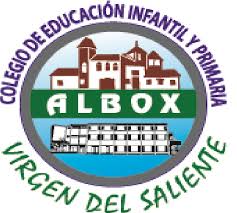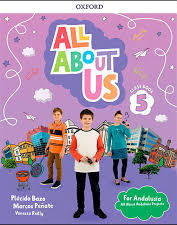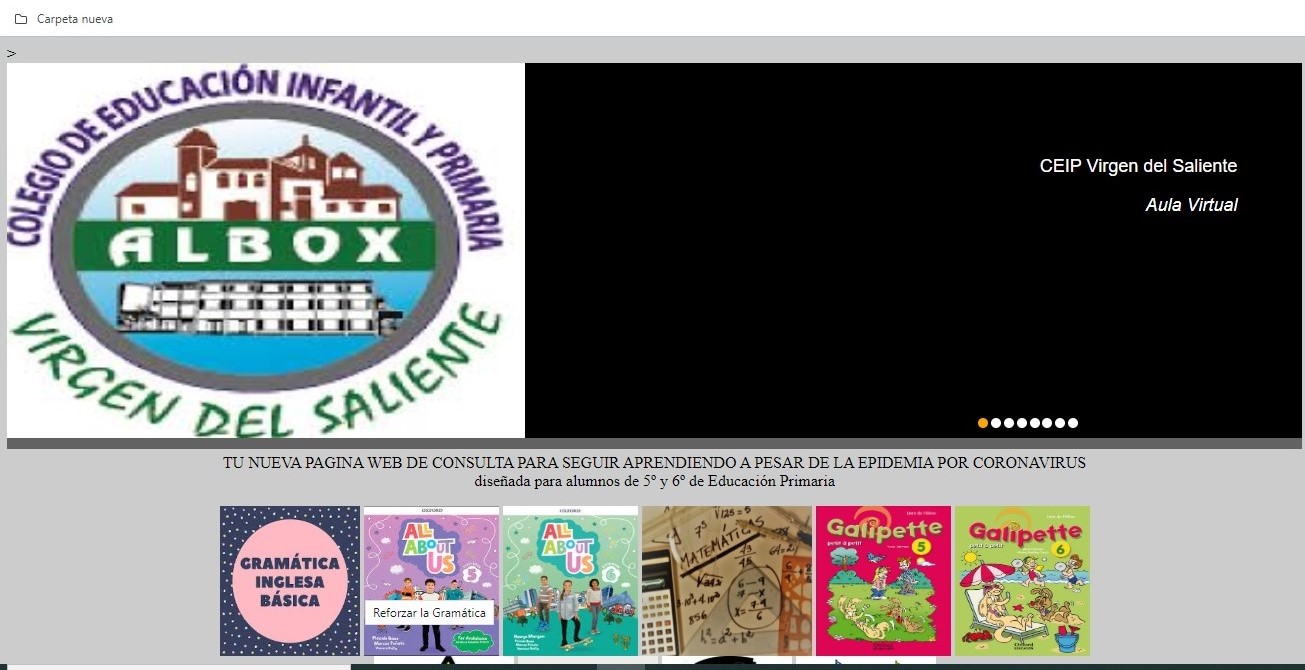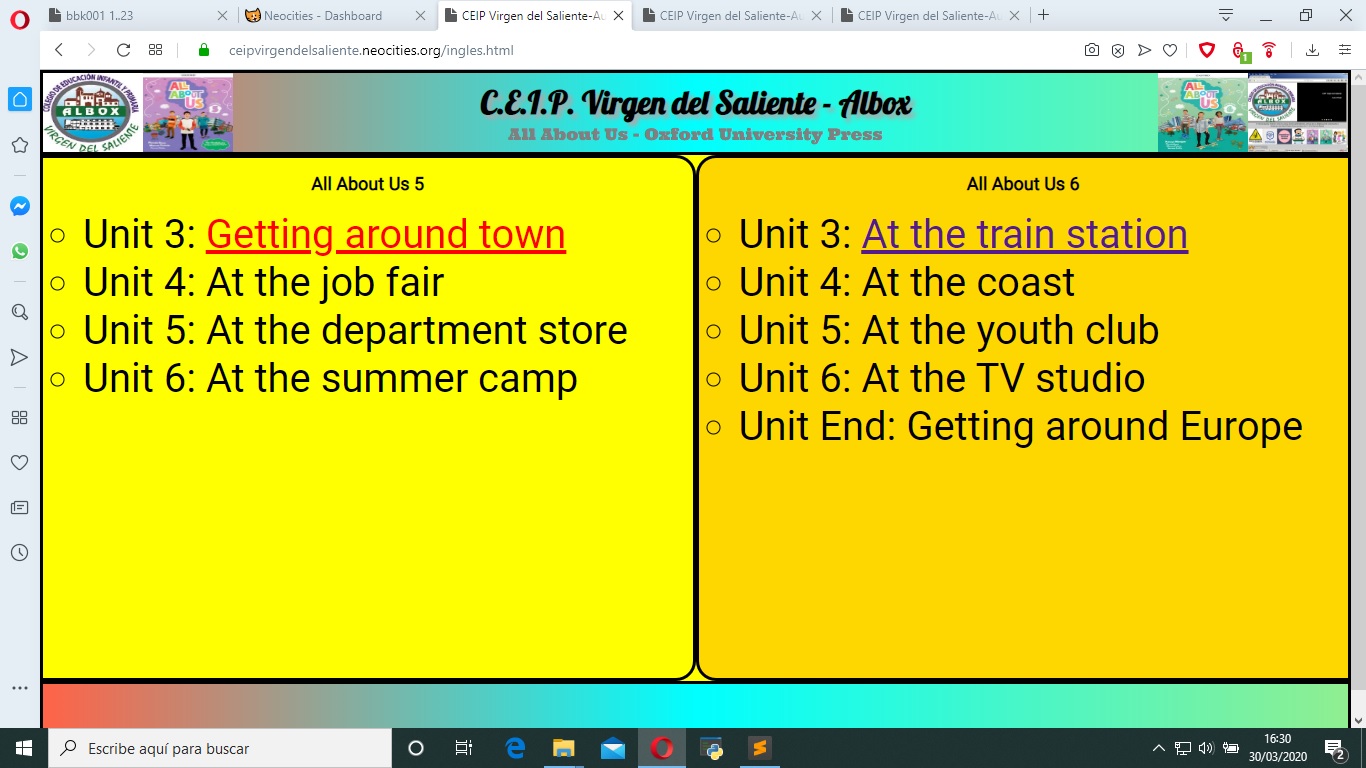Unit 4: At the job fair
Lesson 1: Vocabulary (page 38)
1. Watch, read and understand.
Visita la página de Gramática Básica y estudia el pasado de to Be. Haz las actividades. Después trata de comprender el diálogo del vídeo.
Mum: Jack! Are you ready for school?
Jack: Yes, Mum. Here I am.
Mum: Wow! That was quick.
Jack: There’s a job fair at school today. Lots of people are coming to talk to us about their jobs. I can’t wait!
Mum: OK. Off you go. Have a good day!
Jack: Bye!
2. Listen and repeat the vocabulary
Dictation. On your notebook, write the words you hear and check your answers looking at the book
Dictado. En tu cuaderno, escribe las palabras del audio y comprueba tus respuestas mirando el libro.
3. Listening to the audio and looking at the picture on page 38, find out which number the speaker is saying.
Escuchando el audio y mirando el dibujo de la página 38, averigua el número.
4. Copy the sentences and write the job.
5. ACTIVIDAD: Can you talk about the jobs of people in your family? Write about it in no more than 5 lines
Lesson 2: Grammar (page 39)
1. Past of the verbs
Visit BASIC GRAMMAR to understand the activity 2 on this page.
En la página de GRAMÁTICA BÁSICA, accede al pasado de los verbos para entender el cuadro de la actividad 2.
2. Listen and read. Try to answer: Who did they see on the beach?
ACTIVIDAD EVALUABLE: La respuesta a esta pregunta.
Escucha varias veces mirando el texto y léelo después.
3. Who did that? Write what Daisy, Zoe and Peter did and didn't do in activity 3.
ACTIVIDAD EVALUABLE: Mirando la tabla de la actividad 3, escribe lo que hicieron y no hicieron los niños.
Lesson 3: Culture (page 40)
1. Watch, What bridges can you see?
Observa y dí ¿Qué puentes puedes ver?
Culture film:
This is one of Britain’s oldest landmarks. It’s called Stonehenge. It’s about five thousand years old. It’s very big – look how small the people are! Some of the stones come from Wales, more than 200 kilometres away. We don’t know how people carried the stones. Maybe they used boats.
Two thousand years ago, the Romans ruled Britain. The Romans were great engineers. They constructed Hadrian’s Wall in the north of England, which is more than a hundred kilometres long. The Romans also constructed roads and bridges, including the first London Bridge. It was made of wood. Later, there were houses on London Bridge. Imagine living on the bridge! This is what London Bridge looks like today. The modern bridge opened in 1973. The most famous bridge in London is Tower Bridge. It opened in 1894. There was a competition to design it. The bridge can open so that boats can pass. It’s very heavy, so it’s got big machines to open it.
The newest bridge over the River Thames is the Millennium Bridge. It’s a very modern design. You can walk over the bridge, but you can’t drive a car or ride a bike. The Millennium Bridge opened in 2000, but when people walked on it, it moved from side to side. The engineers stopped it moving, and it opened again in 2002.
Answer the questions at the end of the video.
Traduce el texto del vídeo a español. Así, lo entenderás mejor.
2. Listen and try to answer:
What's the name of bridge that Jack visited? ¿Qué significa esta pregunta?
Who designed it? ¿Y ésta?
Ve al apartado de GRAMÁTICA BÁSICA y repasa: preguntas con Wh-, el pasado regular, el pasado del verbo to Be y There was/There were.
ACTIVIDAD EDMODO: Responde en inglés a las dos preguntas anteriores.
Watch carefully and practice the dialogue.
Reproduce varias veces el vídeo y practica el diálogo.
Traduce al español la conversación entre estos alumnos.
Lesson 4: Cross curricular (page 41)
Watch the video and:
Look for the meaning of these words in Spanish: style, century, nature, dot, shape, line.
ACTIVIDAD: What do shapes represent in cubist art?
Do the quiz at the end of the video.
ACTIVIDAD: Responde en inglés a las preguntas del ejercicio 3, página 41.
Lesson 5: Story (pages 42 and 43)
First, watch the story: Marie Curie: A life in Science. Then, look at the comic in your book.
ACTIVIDAD: Correct the sentences in activity 3 at page 43.
Lesson 7: Song and skills (page 45)
Enjoy the song: "What I want".
Disfruta la canción: "Lo que yo quiero".
Jack: This song is even better than the last one. It's about famous people from history.
Lisa: We're so happy you're watching our video channel.
Listen and repeat.
Listen and repeat the tongue twister.
Lesson 8: Language Review (page 46)
Listen to Jack and his mum. Answer this question: Which 5 jobs do they mention?
an artist - a computer programmer - a cook - an engineer - a firefighter
a gardener - a journalist - a musician - a police officer - a scientist
Activity 2. Listen again. Read and write the missing words
Lesson 9: Comprehension (page 47) and Conversation (page 78)
Listen to Jack talking to his dad. Which 4 jobs do they mention?
an artist - an astronaut - a cook - an engineer - a musician - a scientist





